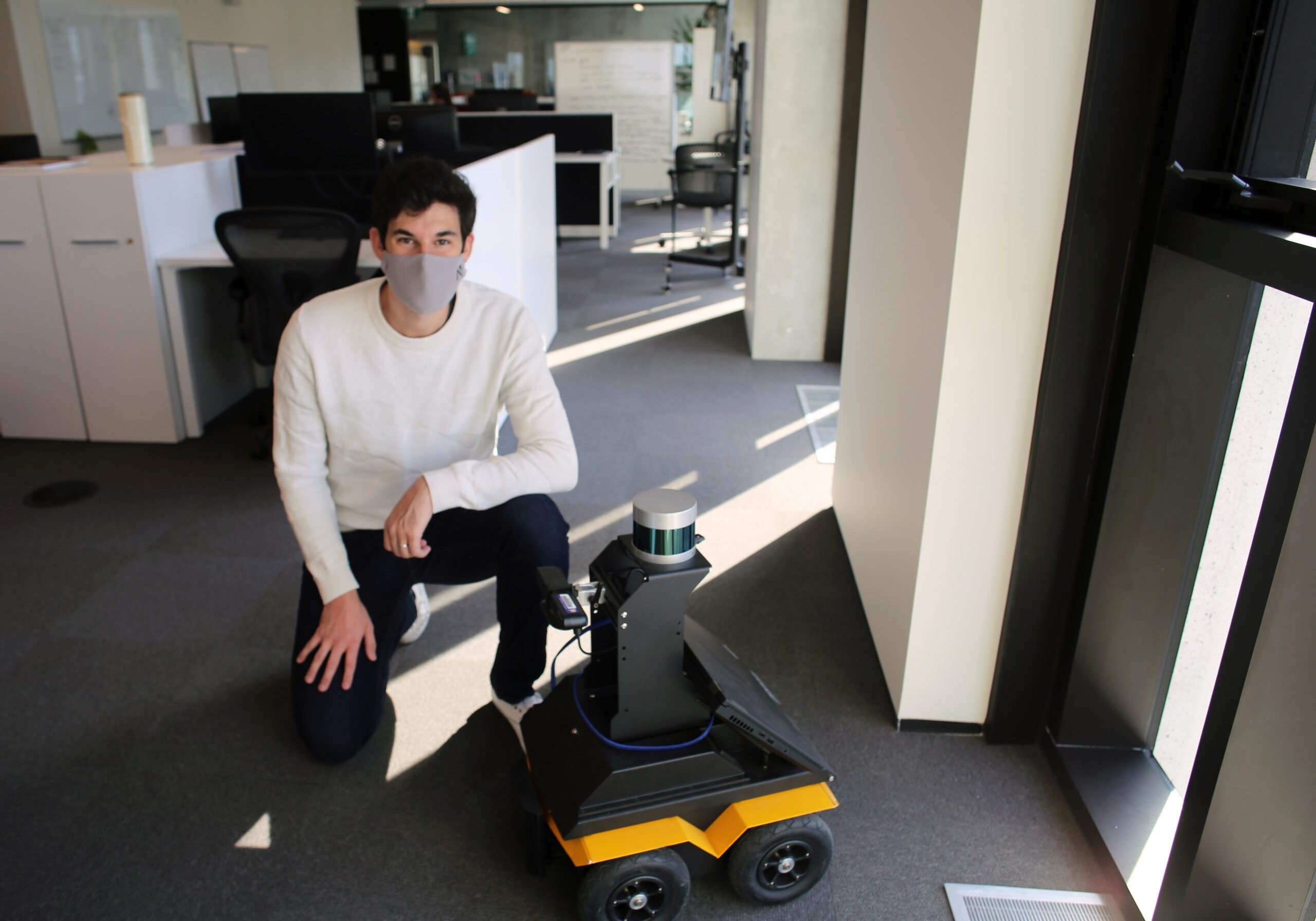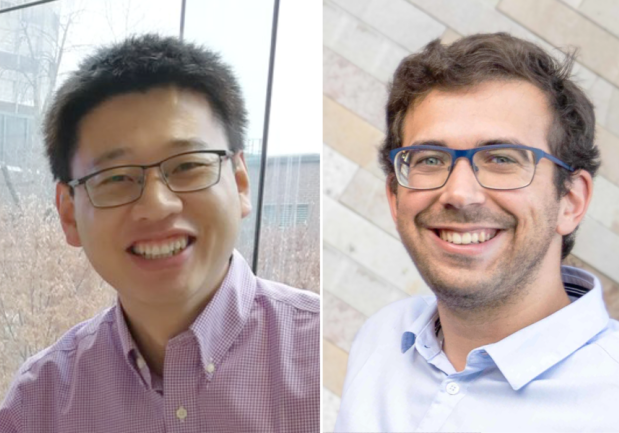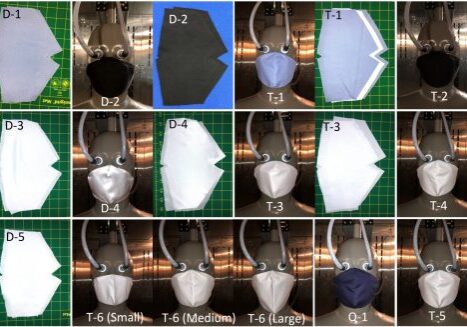
Reverse engineering the heart: U of T Engineering team creates bioartificial left ventricle
U of T Engineering researchers have grown a small-scale model of a human left heart ventricle in the lab. The bioartificial tissue construct is made with living heart cells and beats strongly enough to pump fluid inside a bioreactor. In the human heart, the left ventricle is the one that pumps freshly oxygenated blood into […]

ECE professor uses ‘fuzzy’ computer algorithms to help people with memory loss
Professor Parham Aarabi has set up a tool using a simple email-based interface to remind participants of important information based on algorithmic priority and a relevant index of keywords

Mosquito-repellent paint among five projects funded by CGEN seed grant program
Global Engineering Seed (GESeed) supports engineering projects that address major challenges to Indigenous populations and marginalized communities in the Global South
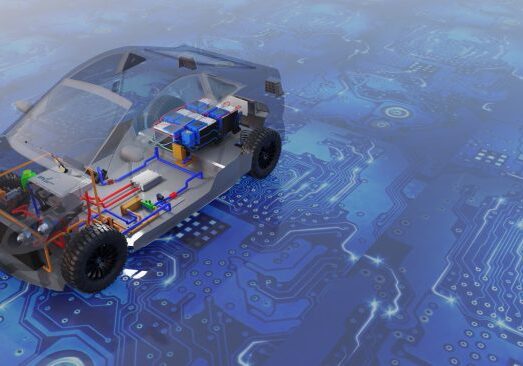
New CREATE grant powers training and innovation in thermal management to enhance performance of electric vehicles and battery systems
Multidisciplinary team led by Alumni Distinguished Professor Cristina Amon (MIE) includes 10 professors and 21 industry, academia, and government collaborators from across Canada and international
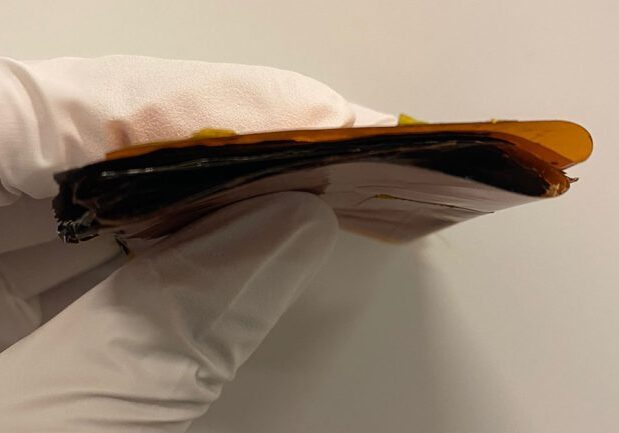
Wood-derived prototype could lead to self-powered biosensors
Biodegradable device uses lignin-containing nanomaterials to create electrical energy from movement

